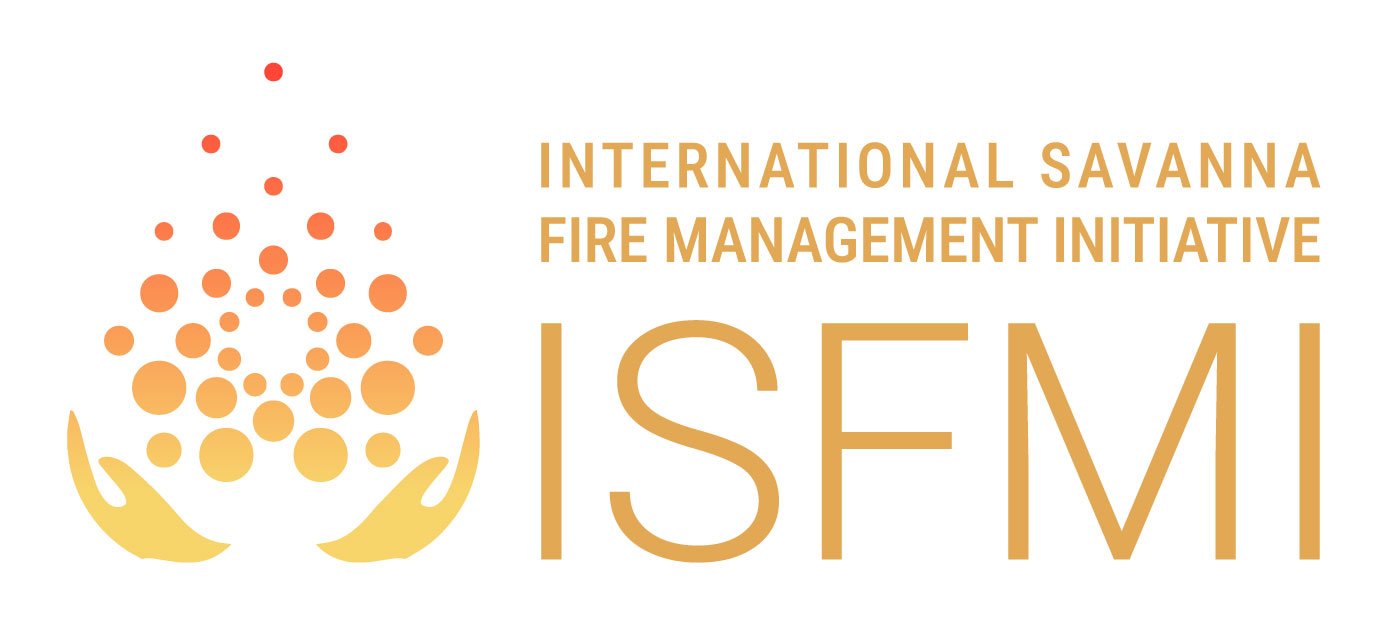FAQs
If you have a question that is not answered here then read through the resources available through this website or reach out and we will do our best to help you find the information you are looking for.
-
Emissions reduction methods set out the rules for estimating emissions reductions from different activities. These methods ensure that emissions reductions are genuine—that they are both real and additional to the status quo.
In the case of savanna burning in Australia, the approved savanna burning accounting methodology establishes strict accounting protocols prescribing all methodological and calculation procedures, vegetation fuel type and fire mapping requirements, and use of requisite parameter values, satellite imagery and acceptable data sources.
Key components of that accounting methodology are that (a) registered project proponents have to provide evidence that they have legal access to manage the project area for savanna burning purposes—importantly, this does not equate to needing to own the land; (b) in each project year, carbon credits are generated against the preceding 10-year pre-project accountable emissions baseline, such that one credit is generated for each t. CO2-equivalent abated with respect to that baseline; and (c) projects can be registered for 7 years.
The Figure above shows the extent of the land in northern Australia managed in line with these methodologies. Australia’s savanna burning methods can be viewed at the website of Australia’s Clean Energy Regulator.
-
Both traditional Indigenous Fire Management and emissions reduction methods shift the seasonality of savanna fires, such that early dry season managed burns reduce the frequency and extent of the higher intensity fires in the later dry season. In this way, Indigenous peoples can continue general seasonal patterns of burning while benefiting from recognition of the emissions reductions these practices generate. That Indigenous fire management projects also often support community members to remain living on or at least able to access traditional country also facilitates continuation of other culturally important fire practices, for example the use of fire for specific ceremonies and hunting activities.
-
Under the provisions of the Kyoto Protocol, Australia’s National Greenhouse Gas Inventory (NGGI) accounts for greenhouse gas (GHG) emissions from savanna burning specifically for the long-lived chemical species, methane (CH4) and nitrous oxide (N2O). In accord with international accounting rules, Australia’s NGGI does not account for CO2 emissions from savanna burning on the assumption that CO2 emissions in one burning season are negated by vegetation growth in subsequent growing seasons.
-
Initial research indicates that methodology based fire management makes a significant contribution to carbon sequestration both above and below ground. While sequestration is not yet taken into account within fire management methods, except to the extent is it accounted for in methods that take into account the reduced burning of dead organic matter, the contribution of Indigenous fire management to carbon sequestration is an area of ongoing investigation.
-
No. Method-based fire management can be equally applied in land subject to other kinds of land tenure, not just indigenous owned and/or managed land. In northern Australia, for example, many large pastoralists use method-based fire management. The methodologies can also be used by public land managers to manage protected areas and other publicly owned land.
-
Establishing an Indigenous Fire Management project and supporting it to the point where it is independently sustainable and community owned and led is a collective and interdisciplinary effort. Preconditions include:
Not only the Free, Prior and Informed Consent of the participating Indigenous community but the willing ownership, leadership and commitment of the community to the project.
A supportive regulatory environment.
Satellite technology for fire monitoring, reporting and verification.
Developing scientific methodologies applicable to the local ecosystem.
Establishing a baseline for measuring of co-benefits (i.e. biodiversity, social, gender equality benefits).
Capacity building.
Effective legal and governance arrangements.
Establishing business systems.
Developing a fire Management operational plan.
Access to compliance markets, voluntary markets, or other sources of financial support.
-
This depends on many factors. The greater the number of project preconditions already in place at the initiation of the project, the shorter the timeframe is likely to be. The proof of concept activities being undertaken in Southern Africa are expected to provide useful information as to realistic timeframes in developing country contexts.
-
Indigenous fire management projects have multiple benefits. Many of these benefits accrue no matter how the project is supported. While participating in carbon markets is one way that Indigenous communities can create Independently sustainable carbon businesses, Indigenous fire management projects can also be supported in other ways, such as through direct corporate contracts, such as in the case of the Australian WALFA project, or philanthropic grants, corporate sponsorship, or the allocation of public funds.
-
As in any kind of business, the financial sustainability of Indigenous Fire Management Projects will depend on the relationship between the cost of undertaking the activity as against income - in this case from sale of carbon offsets. Factors such as the extent of land available, the emissions savings possible given the applicable methodology, and the cost of doing business in a given location will all influence the potential sustainability of a project. Where profitability is unlikely, other forms of support for Indigenous Fire Management can be explored. This point is important, as some of the regions in which market based approaches are less likely to be viable have great potential for Indigenous Fire Management to support biodiversity, livelihoods, health and food security among some the world’s most poor and vulnerable populations.
